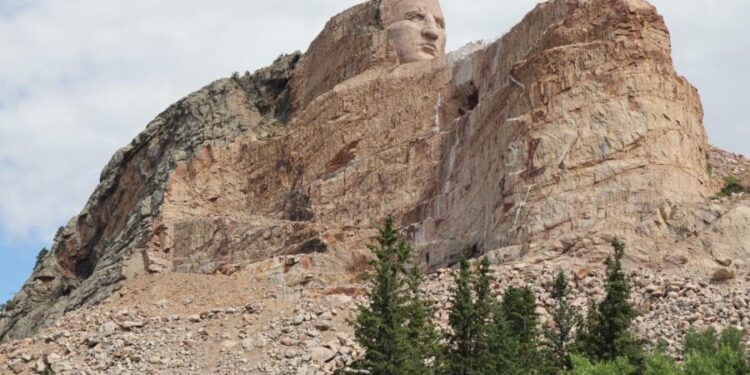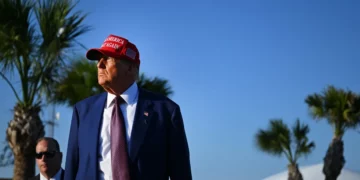The Crazy Horse monument in Custer City, South Dakota’s the Black Hills, is a sight to behold. Even though construction on the cliffside memorial honoring the Lakota chief began in 1948, it has yet to be completed. Its evolution makes for a compelling story, but it’s all the more astonishing because of the guy it’s dedicated to.
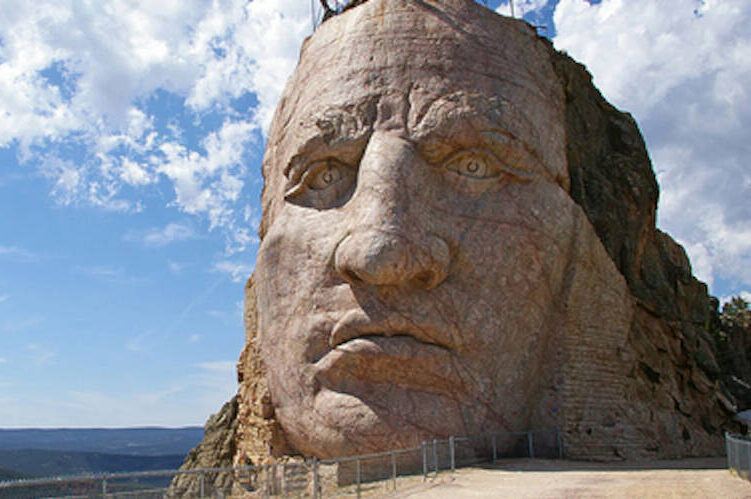
Crazy Horse honorably led his tribe in historic conflicts throughout the 1800s and protected his people against the ruthless expansion of the United States government until the end. He was brutally bayoneted to death for resisting captivity, and the Lakota were eager to erect a monument to him.
Crazy Horse’s Biography
Take Witco was born in Rapid Creek, South Dakota, around 1840 and raised by a medicine man. He was an Oglala Lakota member from birth. The old traditions of Indigenous existence in America had already been attacked, with inter-tribal feuds exacerbating the Native Americans’ situation.

In 1876, he commanded the Lakota against Commander George Armstrong Custer’s Seventh U.S. Cavalry unit in the Battle of Little Bighorn. “Custer’s Last Stand” claimed the lives of all 280 American men and nine commanders. The United States Military increased its violence towards Indigenous peoples as a result of Crazy Horse’s devotion for its people and battle prowess.
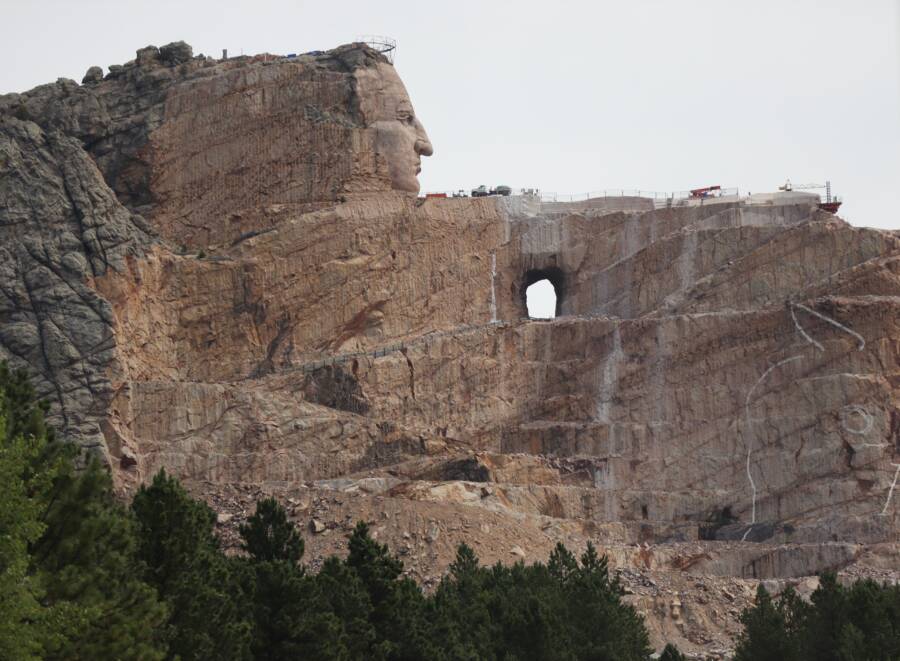
According to witnesses, Crazy Horse’s interpreter misread his statements, causing peace talks to collapse in front of his eyes — and commanding authorities to choose to arrest him. The Lakota chief, defiant to his dying breath, pulled his knife and was bayoneted to death by an infantry guard — but exactly what happened is still a matter of debate. The date was September 5, 1877.
The Crazy Horse Memorial’s Beginnings
While Crazy Horse feared that having his image taken would take away his spirit and shorten his life, Lakota leader Henry Standing Bear believed that erecting a memorial to Crazy Horse was necessary. After all, the Presidents of the United States had been honored with Mount Rushmore, which was 17 miles away – a clear injustice.
In 1939, Henry Standing Bear wrote to Polish-American architect Korczak Ziolkowski, “My brother chiefs and I would like the white man to know that the red man has great heroes, too.”
Who Covered The Cost Of The Crazy Horse Memorial?
The Lakota chief not only sold his 900 acres of property to the Department of Interior in exchange for the barren mountain, but he also consistently refused federal funds, demonstrating his hostility to government participation. The fact that Ziolkowski worked on Mount Rushmore and Crazy Horse would become an ironic cherry on top of the project when it started in 1948.
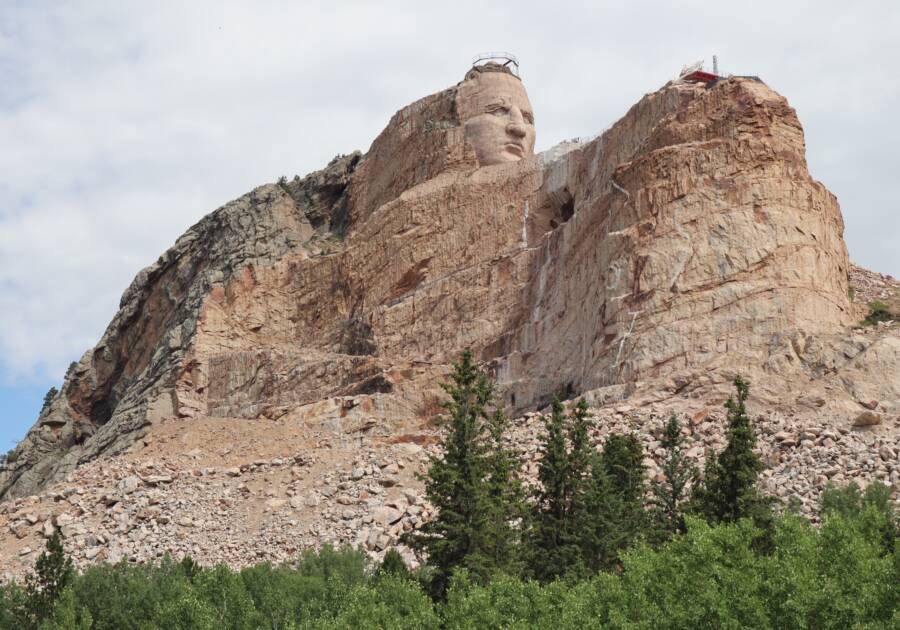
When Do You Think The Crazy Horse Memorial Will Be Completed?
Ziolkowski toiled alone, constructing a 741-step wooden staircase that worked without power to reach the summit of Thunderhead Mountain. Crazy Horse on his steed, pointing to the region where so many of his comrades had been murdered, was his vision. Ziolkowski estimated it would take him 30 years to complete, but he never did.
Ruth, the architect’s widow, took over when he died in 1982 and made minor changes to the design. She chose to sculpt the face first, rather than the horse, in the hopes of attracting tourists to help her finish the project. The face was finished in 1998 with the help of her seven children.
Henry Standing Bear would have been happy to learn that his idol’s face is 27 feet higher than the presidents’ faces on Mount Rushmore. Ultimately, the monument is unfinished, and it is based on an artistic representation of Crazy Horse rather than any recognized imagery of the guy.
If completed, it will be the world’s second-largest monument, trailing only India’s Statue of Unity. When, on the other hand, will the Crazy Horse Memorial be completed? It’s impossible to say right now.

